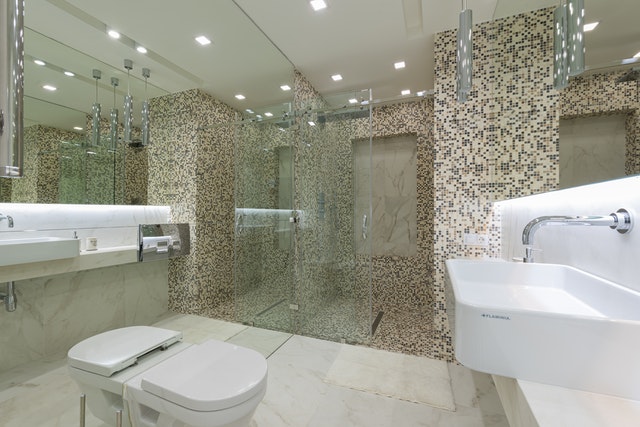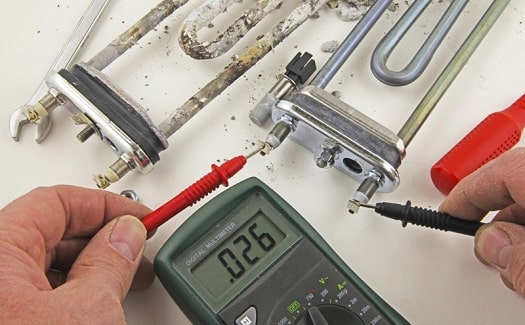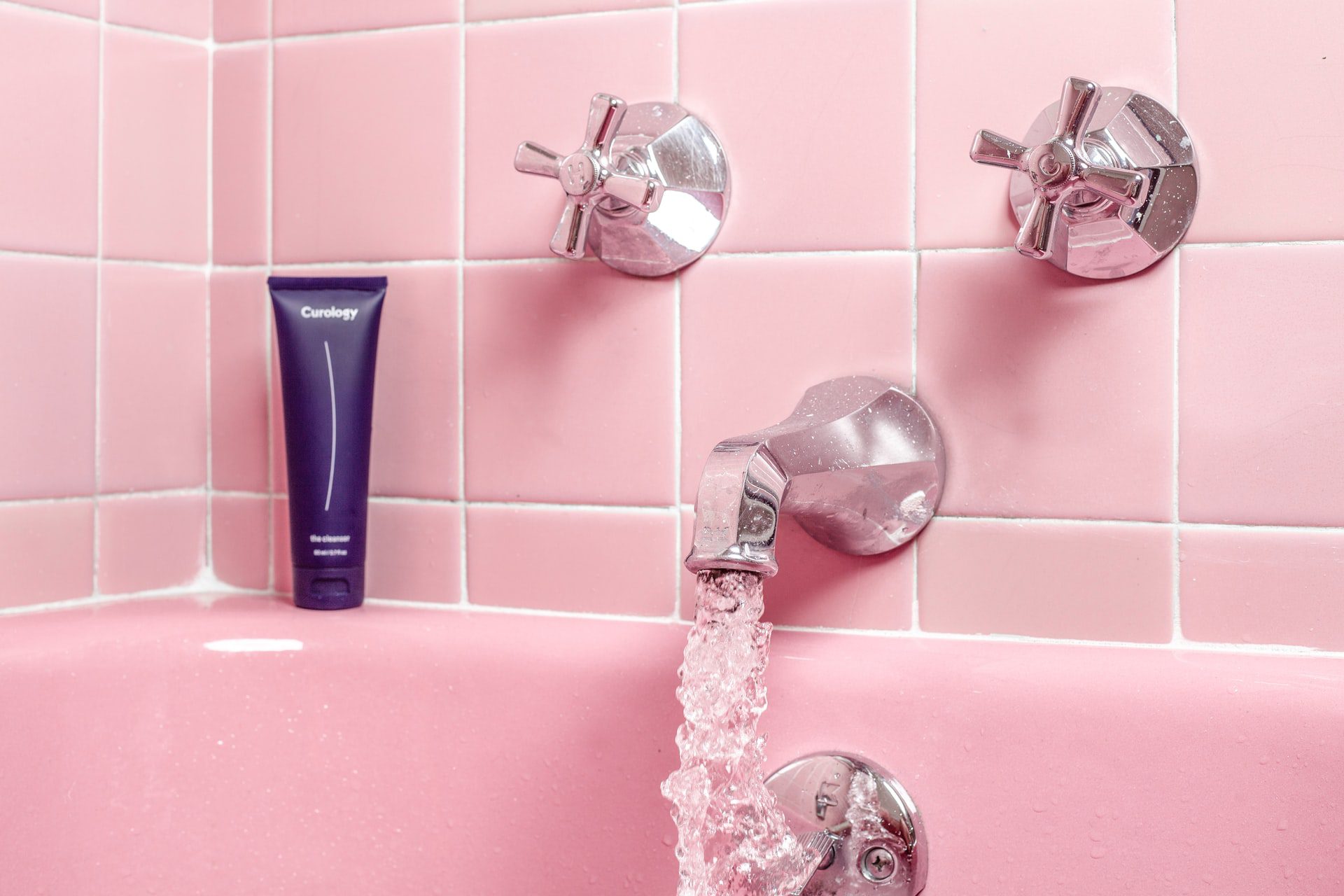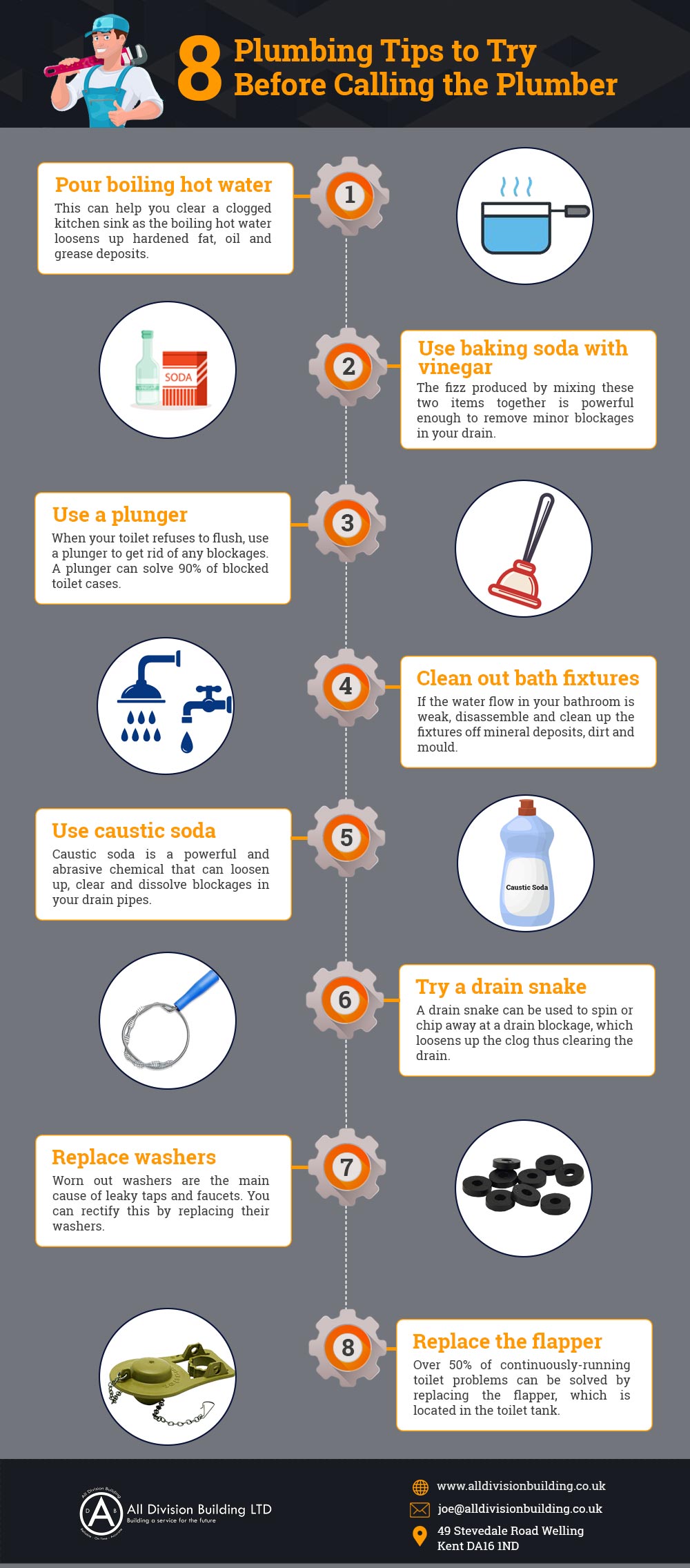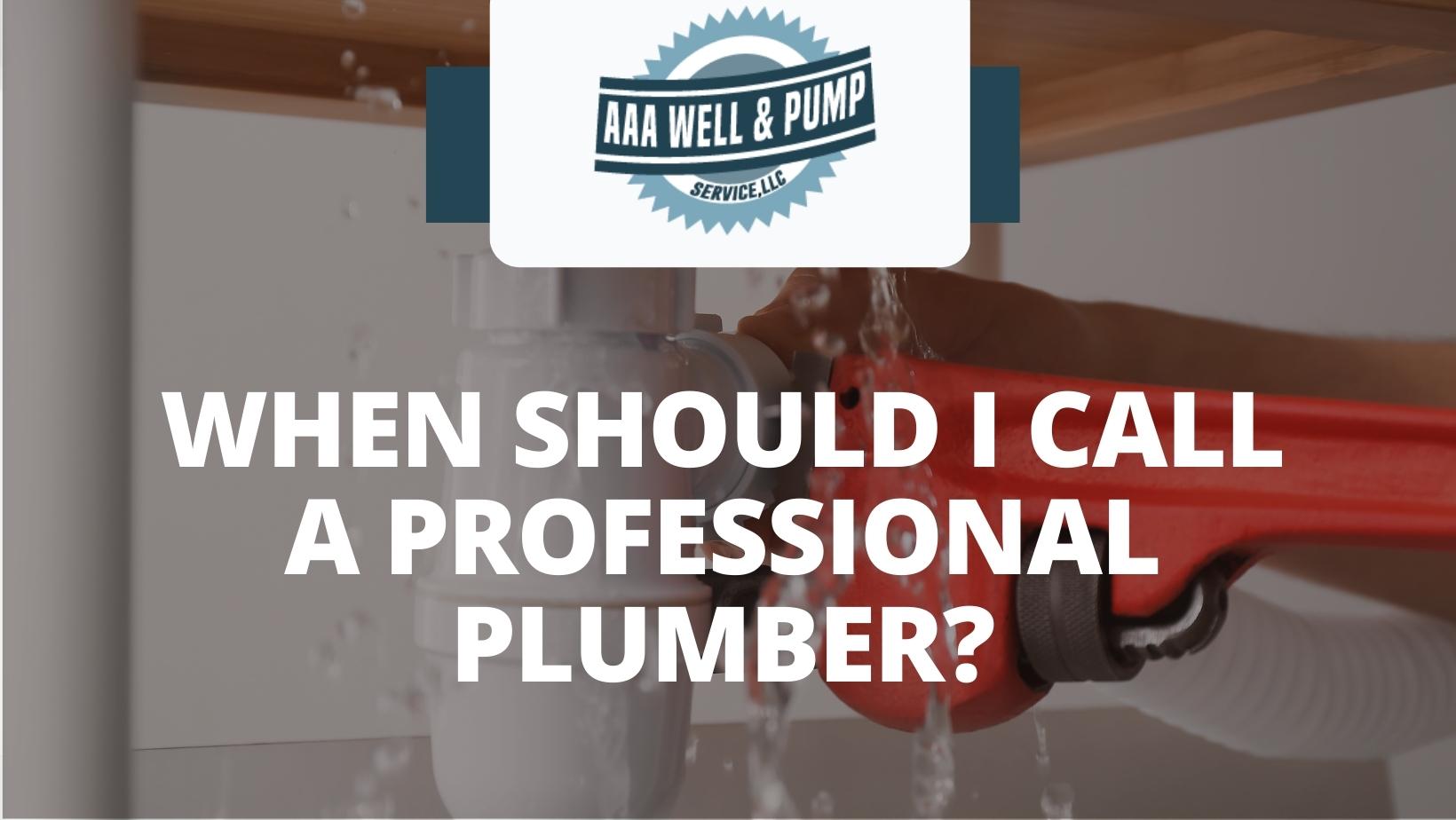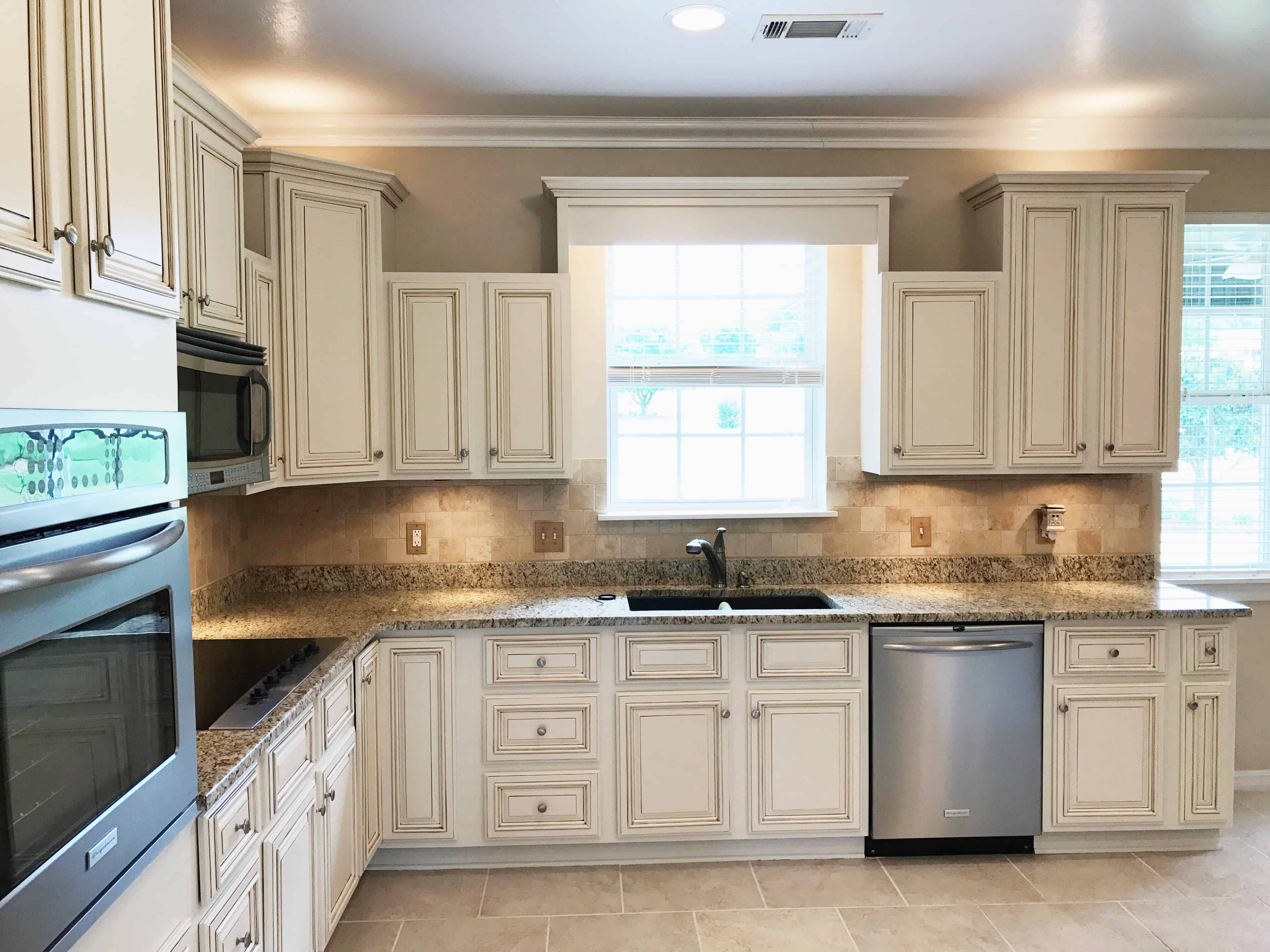If the water pressure in your kitchen sink is low, the first thing you should check is the aerator. The aerator is a small screen at the end of the faucet that helps regulate the flow of water and prevent splashing. Over time, it can become clogged with mineral deposits or debris, causing low water pressure. To check the aerator, unscrew it from the end of the faucet and inspect it for any buildup. If you see debris, clean it out with a toothbrush or soak it in vinegar to break up mineral deposits. Once it's clean, screw it back onto the faucet and test the water pressure.1. Check the aerator
If you've checked the aerator and it's still not improving the water pressure, you may need to give it a deeper clean. Sometimes, the buildup can be stubborn and require more than just a quick rinse. In this case, you can remove the aerator and soak it in a solution of equal parts water and vinegar for a couple of hours. After soaking, use a toothbrush to scrub away any remaining debris. Rinse the aerator thoroughly and screw it back onto the faucet. This should help improve the water pressure in your kitchen sink.2. Clean the aerator
If the aerator is not the issue, the next thing to check is the water supply valve. This valve controls the flow of water to your sink and can become partially closed, restricting water pressure. To check the valve, locate it under the sink and ensure that it is fully open. If it is not fully open, turn it clockwise to open it. You can also try turning it off and back on again to see if this improves the water pressure. If the valve is fully open and you're still experiencing low water pressure, move on to the next step.3. Check the water supply valve
If you have a water pressure regulator installed in your home, it may be the cause of your low water pressure. This device helps regulate the overall water pressure in your plumbing system and can sometimes malfunction, causing low water pressure. If you suspect this is the issue, you may need to call a professional plumber for assistance. A plumber will be able to test the water pressure in your home and determine if the regulator needs to be adjusted or replaced. It's important to have a functioning water pressure regulator to prevent damage to your plumbing and appliances.4. Check the water pressure regulator
If the water pressure is low in all of your faucets, there may be a clog in your pipes. This can happen due to a buildup of mineral deposits, debris, or even tree roots. To check for clogs, turn off the water supply to your home and then turn on the faucet in your kitchen sink. If no water comes out, it's likely there is a clog in the pipes. You can try using a plunger or a drain snake to clear the clog yourself, but it's best to call a professional plumber for this task. They have the tools and expertise to safely and effectively remove the clog without causing further damage to your pipes.5. Check for clogs in the pipes
In addition to clogs, leaks in your pipes can also cause low water pressure. Even a small leak can result in a noticeable decrease in water pressure. To check for leaks, turn off the water supply to your home and then take a look at the pipes under your sink. Look for any visible signs of leaks, such as water dripping or pooling. If you do find a leak, it's important to get it fixed as soon as possible to prevent further damage to your plumbing and water bill. You can try tightening any loose connections with a wrench, but again, it's best to call a professional plumber for a more thorough inspection and repair.6. Check for leaks in the pipes
If the low water pressure is only affecting your kitchen sink, it could be a problem with the faucet itself. However, it's always a good idea to check the water pressure in other faucets in your home to rule out any larger issues. If the water pressure is low in all faucets, it's likely a problem with the water supply or plumbing system. If the water pressure is only low in the kitchen sink, it may be time to replace the faucet. Over time, faucets can wear out and affect the water pressure. Consider upgrading to a high-pressure faucet to improve the water flow in your kitchen sink.7. Check the water pressure in other faucets
If you've ruled out all other possible causes, it's likely that the faucet itself is faulty. This can happen due to wear and tear, or it may be a defect in the faucet. In this case, the best solution is to replace the faucet with a new one. When choosing a new faucet, consider one with a higher flow rate to help improve the water pressure in your kitchen sink. And always make sure to properly install the faucet to ensure it functions correctly.8. Check for a faulty faucet
Another potential cause of low water pressure in your kitchen sink could be a problem with your water heater. If the water heater is not functioning properly, it can result in low water pressure throughout your home. To check the water heater, turn off the power and water supply, and then inspect the tank for any buildup or sediment. If you notice any buildup, you can try flushing the tank to remove it. However, if the water heater is old or damaged, it may need to be replaced by a professional plumber.9. Check the water heater
If you've tried all of the above solutions and are still experiencing low water pressure in your kitchen sink, it's time to call a professional plumber for help. They have the knowledge and experience to accurately diagnose and fix the issue, ensuring your kitchen sink has proper water pressure. A plumber can also provide regular maintenance to your plumbing system, preventing future problems with water pressure and other issues.10. Call a plumber for professional help
The Importance of Proper Water Pressure in Your Kitchen Sink

An Essential Element of a Well-Designed Home
 When it comes to designing a home, there are plenty of elements that need to be taken into consideration. From the layout and color scheme to the furniture and decor, every detail plays a crucial role in creating a comfortable and functional living space. However, one aspect that is often overlooked is the water pressure in your kitchen sink.
Water pressure
refers to the force with which water flows out of your faucets. While it may seem like a minor detail, having the right water pressure in your kitchen sink is essential for several reasons.
First and foremost,
low water pressure
can be incredibly frustrating. It can take forever to fill up a pot of water or rinse off dishes, making simple tasks in the kitchen feel like a never-ending chore. This can lead to a lot of wasted time and unnecessary stress.
Moreover,
low water pressure
can also affect the functionality of your kitchen appliances. From the dishwasher to the garbage disposal, these appliances require a certain level of water pressure to work efficiently. If the pressure is too low, you may end up with dishes that are not properly cleaned or clogged drains that are difficult to clear.
On the other hand,
high water pressure
can also cause issues in your kitchen. It can put excess strain on your pipes, leading to leaks and burst pipes, which can be costly to repair. Additionally, high water pressure can also cause splashing and spraying, making a mess in your kitchen every time you turn on the faucet.
Proper water pressure
in your kitchen sink should be between 45-55 pounds per square inch (psi). This level of pressure allows for efficient water flow without causing any damage to your pipes or appliances.
So, what can you do if you notice that the water pressure in your kitchen sink is too low or too high? First, it is important to identify the root cause of the issue. It could be due to a clogged aerator, a faulty pressure regulator, or even a water leak. Consulting a professional plumber is the best way to determine the cause and find the best solution.
In conclusion, having
proper water pressure
in your kitchen sink is a crucial aspect of a well-designed home. It not only makes everyday tasks easier and more efficient, but it also helps to prevent potential damage and costly repairs. So, if you're experiencing low or high water pressure in your kitchen sink, don't ignore it. Take the necessary steps to ensure your water pressure is at the optimal level for a functional and comfortable kitchen.
When it comes to designing a home, there are plenty of elements that need to be taken into consideration. From the layout and color scheme to the furniture and decor, every detail plays a crucial role in creating a comfortable and functional living space. However, one aspect that is often overlooked is the water pressure in your kitchen sink.
Water pressure
refers to the force with which water flows out of your faucets. While it may seem like a minor detail, having the right water pressure in your kitchen sink is essential for several reasons.
First and foremost,
low water pressure
can be incredibly frustrating. It can take forever to fill up a pot of water or rinse off dishes, making simple tasks in the kitchen feel like a never-ending chore. This can lead to a lot of wasted time and unnecessary stress.
Moreover,
low water pressure
can also affect the functionality of your kitchen appliances. From the dishwasher to the garbage disposal, these appliances require a certain level of water pressure to work efficiently. If the pressure is too low, you may end up with dishes that are not properly cleaned or clogged drains that are difficult to clear.
On the other hand,
high water pressure
can also cause issues in your kitchen. It can put excess strain on your pipes, leading to leaks and burst pipes, which can be costly to repair. Additionally, high water pressure can also cause splashing and spraying, making a mess in your kitchen every time you turn on the faucet.
Proper water pressure
in your kitchen sink should be between 45-55 pounds per square inch (psi). This level of pressure allows for efficient water flow without causing any damage to your pipes or appliances.
So, what can you do if you notice that the water pressure in your kitchen sink is too low or too high? First, it is important to identify the root cause of the issue. It could be due to a clogged aerator, a faulty pressure regulator, or even a water leak. Consulting a professional plumber is the best way to determine the cause and find the best solution.
In conclusion, having
proper water pressure
in your kitchen sink is a crucial aspect of a well-designed home. It not only makes everyday tasks easier and more efficient, but it also helps to prevent potential damage and costly repairs. So, if you're experiencing low or high water pressure in your kitchen sink, don't ignore it. Take the necessary steps to ensure your water pressure is at the optimal level for a functional and comfortable kitchen.






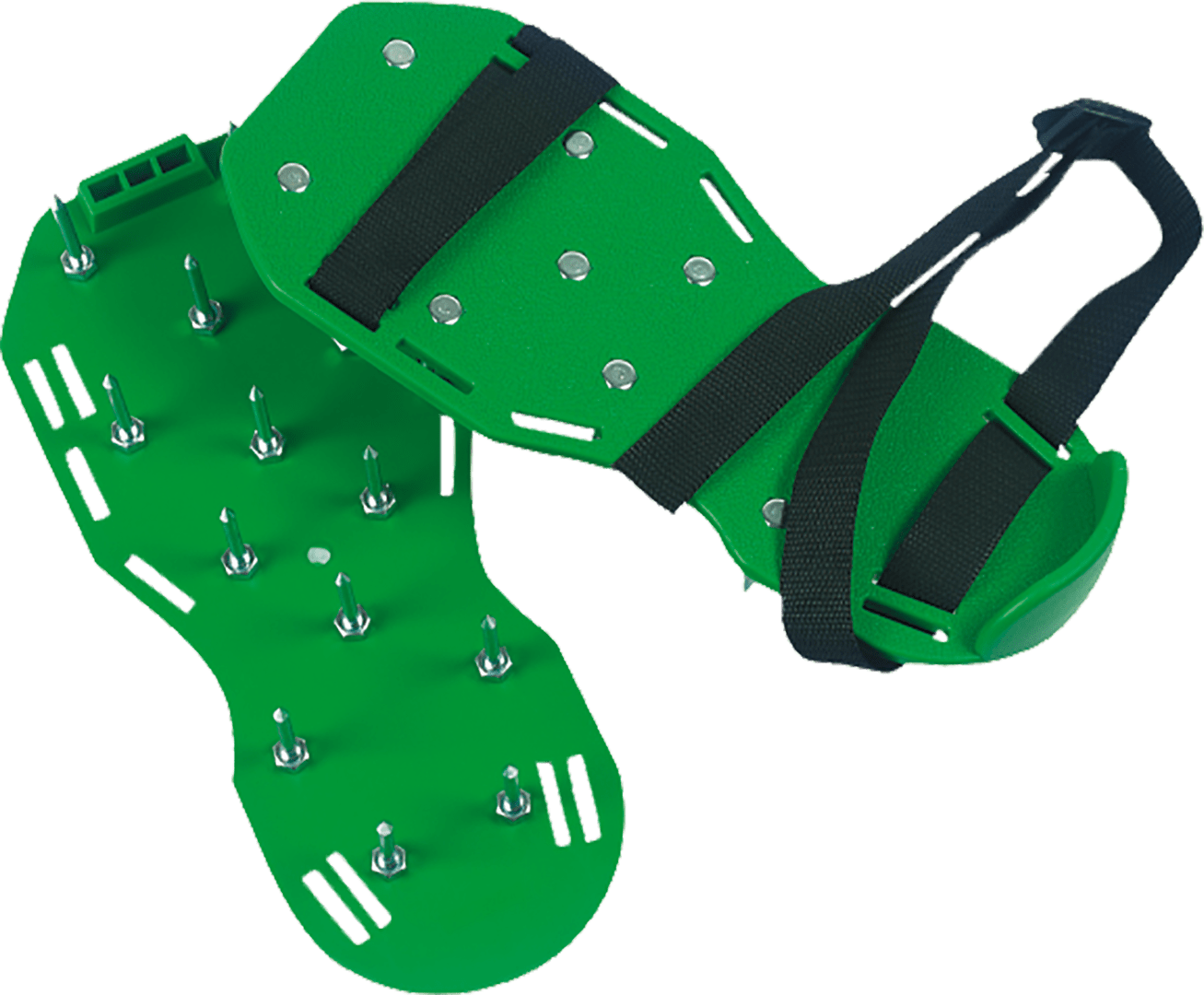




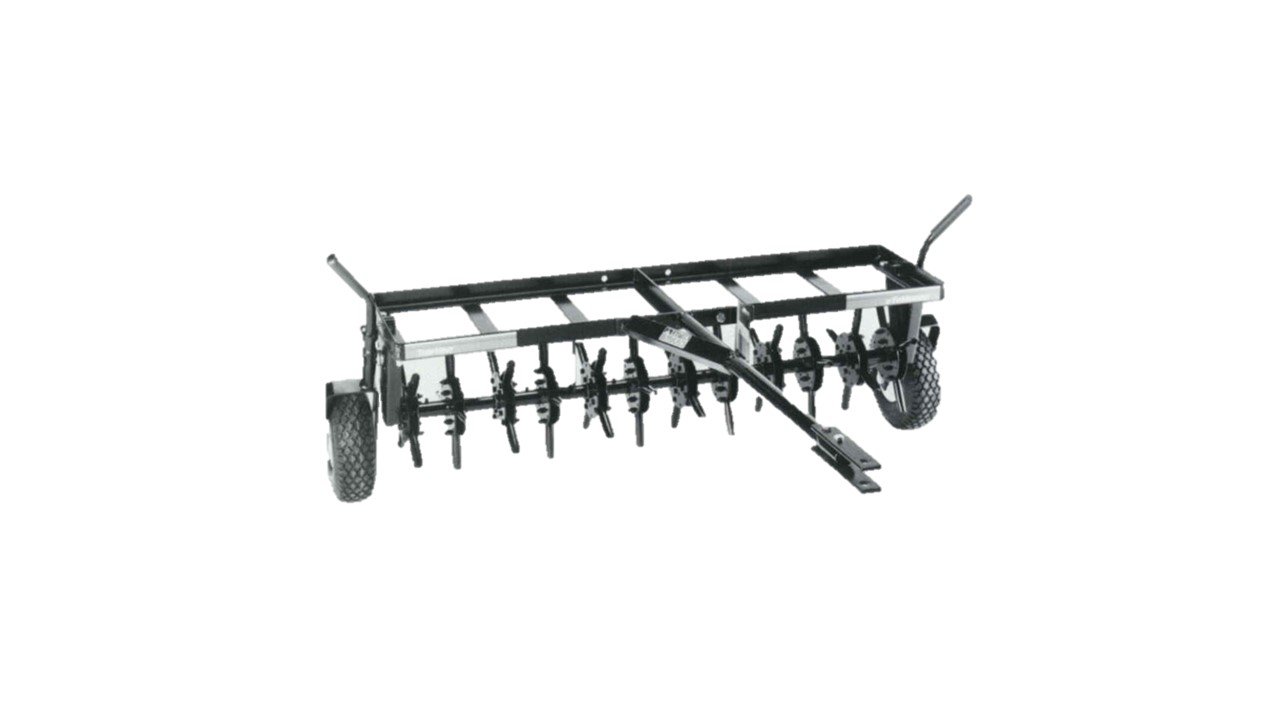

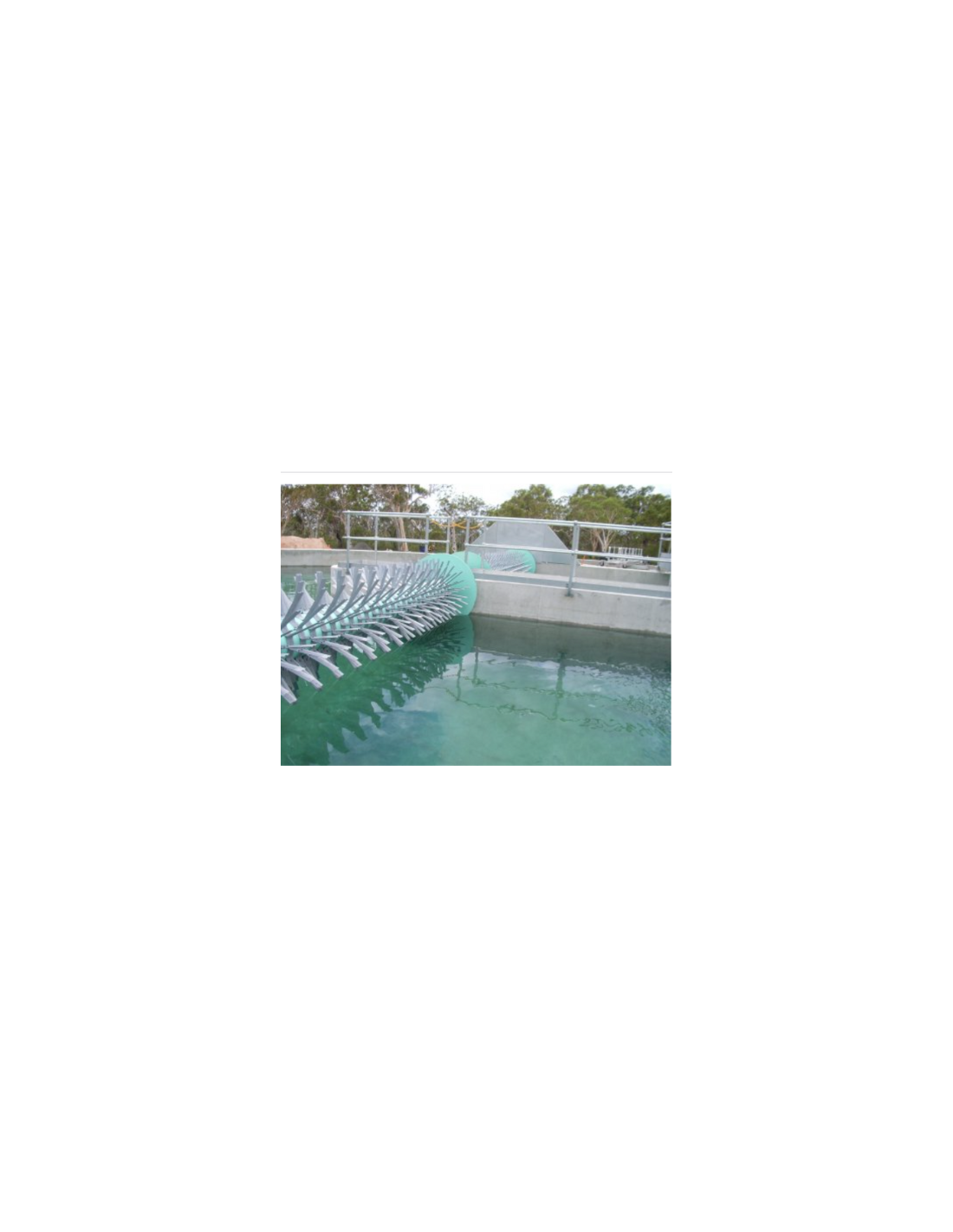




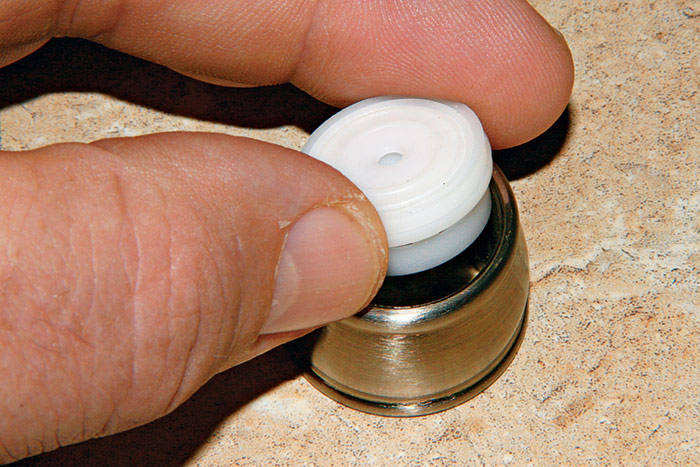
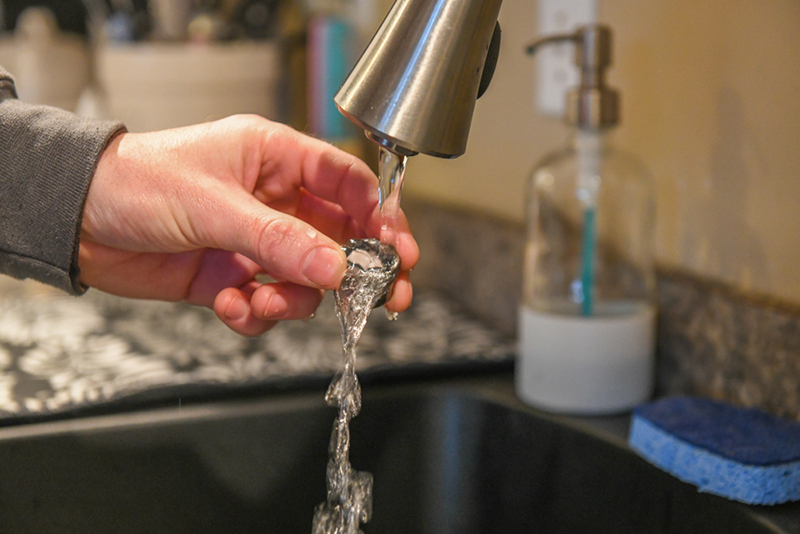






:max_bytes(150000):strip_icc()/GettyImages-1057621140-78ab2e946841421d9a7efeebe02935d2.jpg)



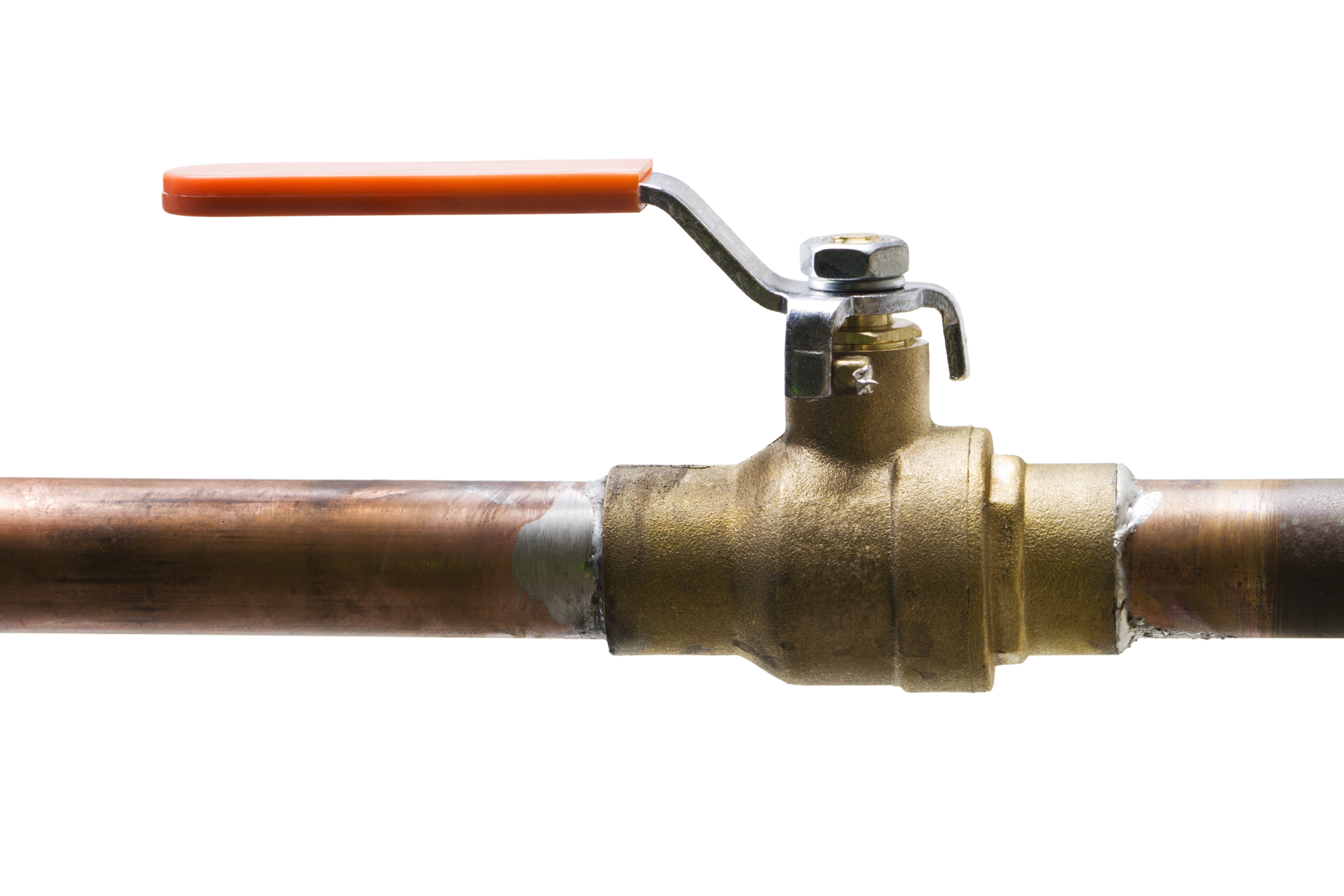
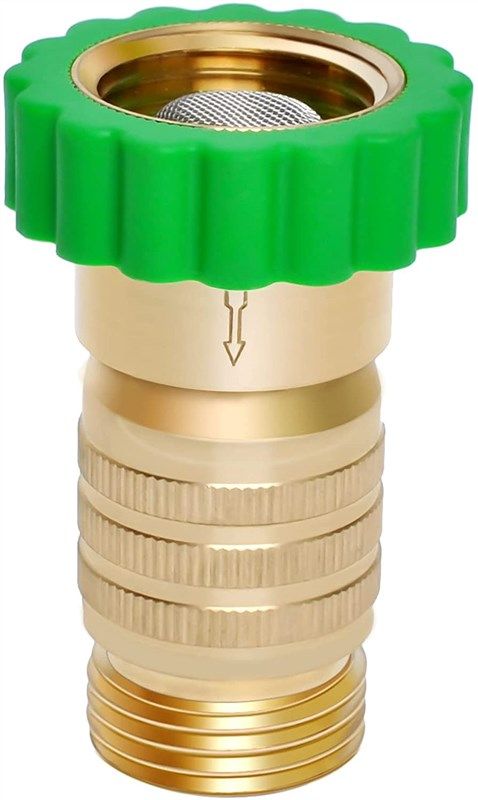



:max_bytes(150000):strip_icc()/the-men-s-hand-opens-the-ball-valve-on-the-collector-1006810456-5c5fc73fc9e77c000159c4af.jpg)






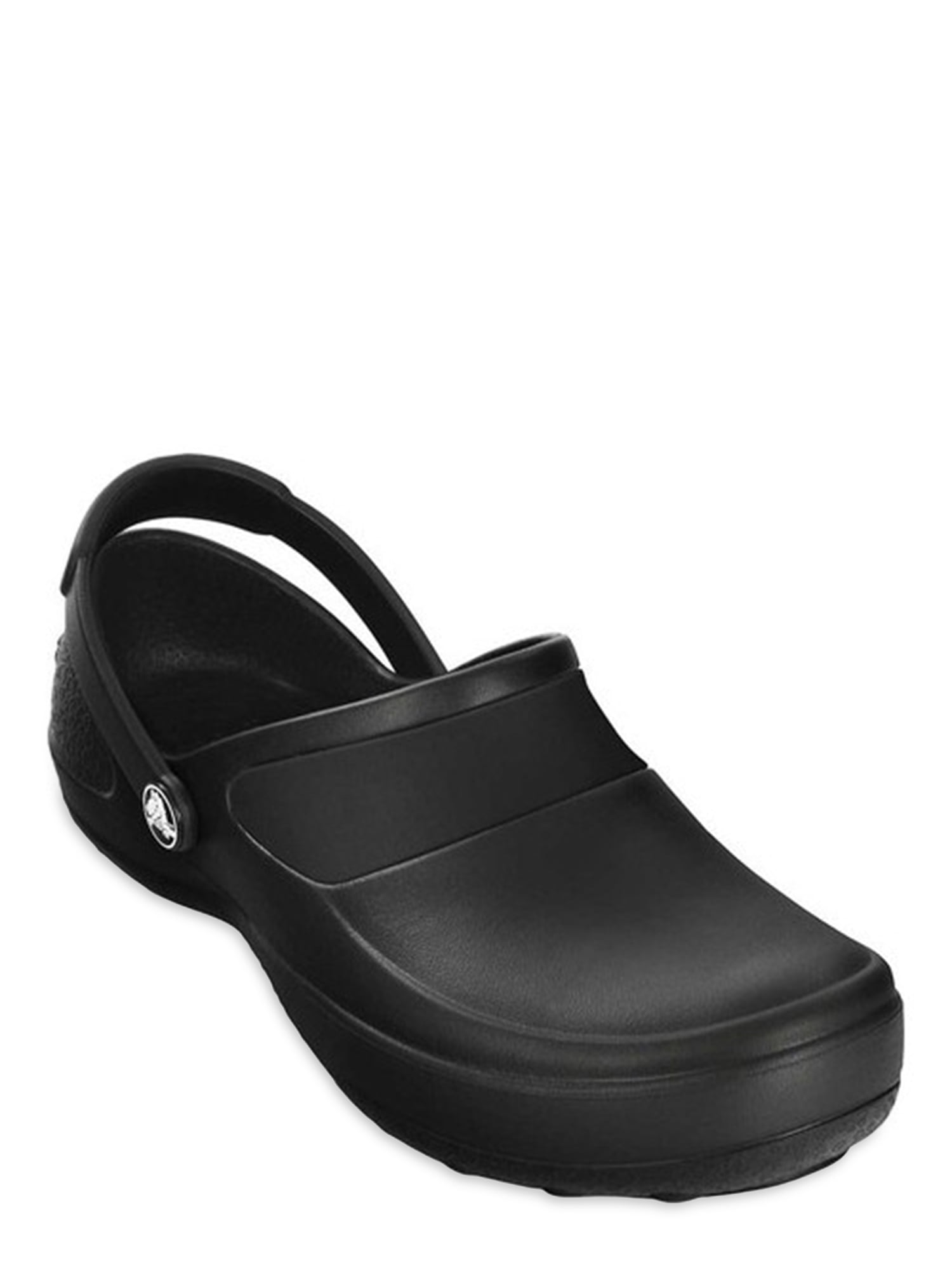

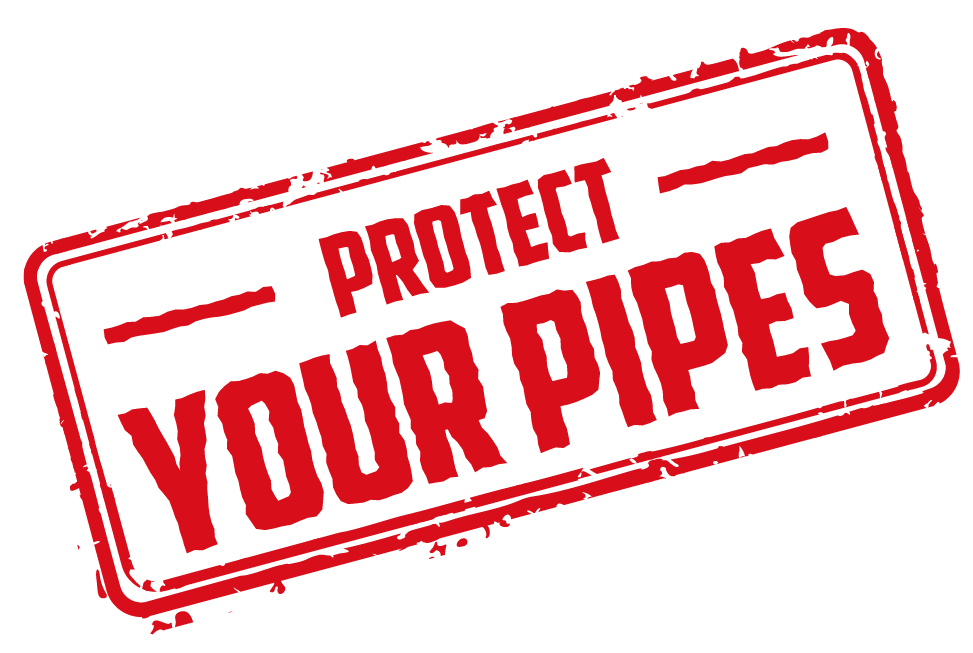












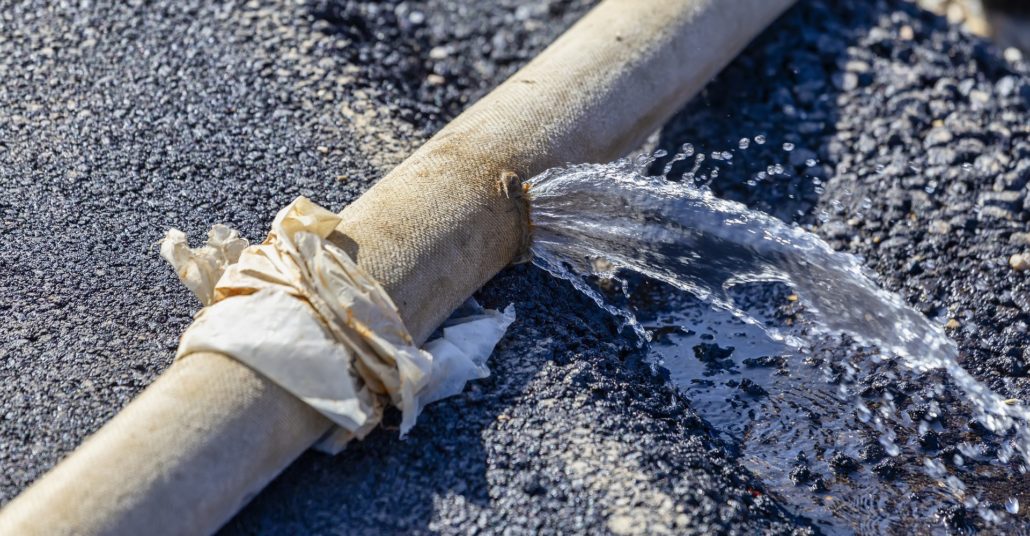
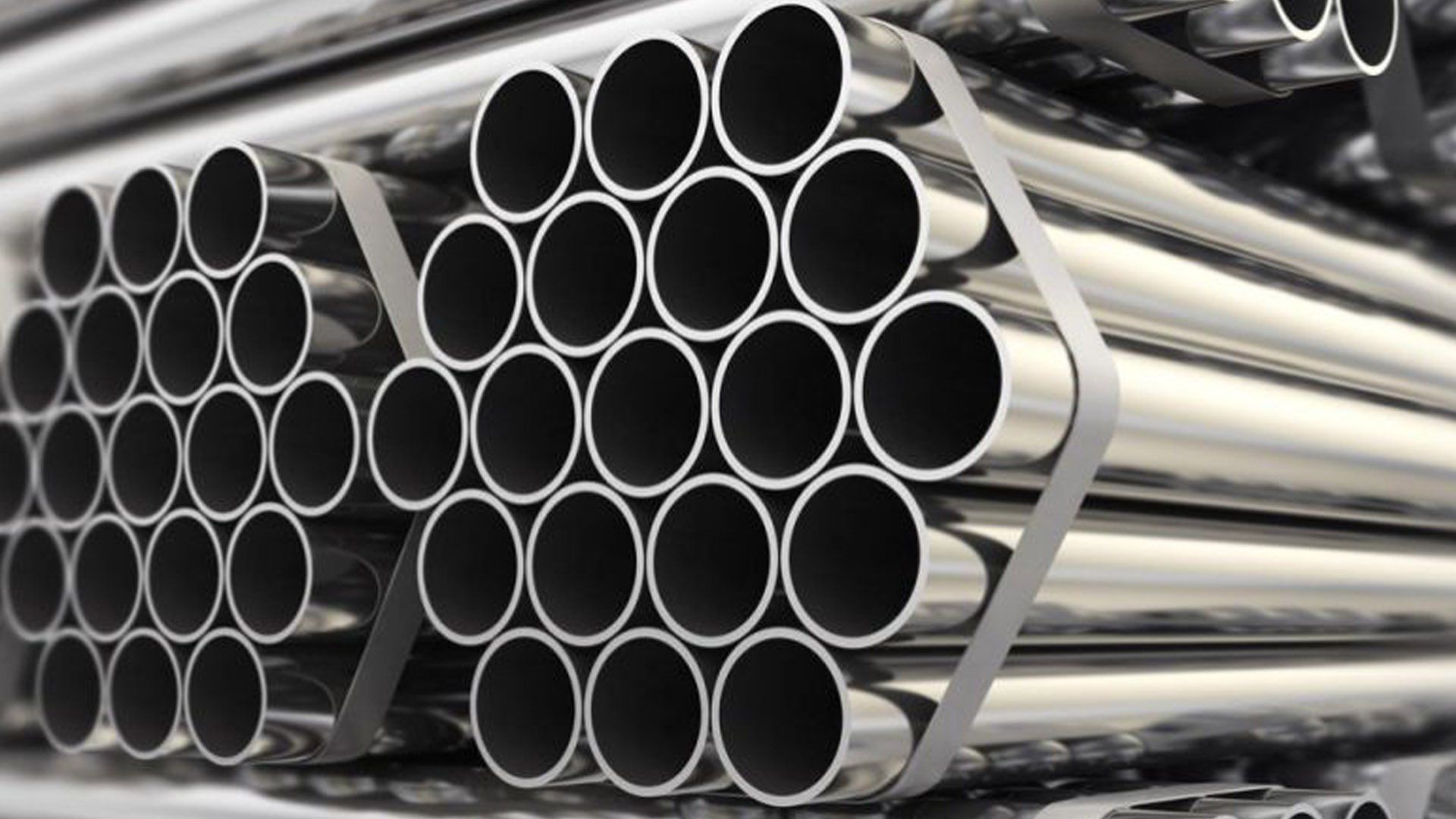


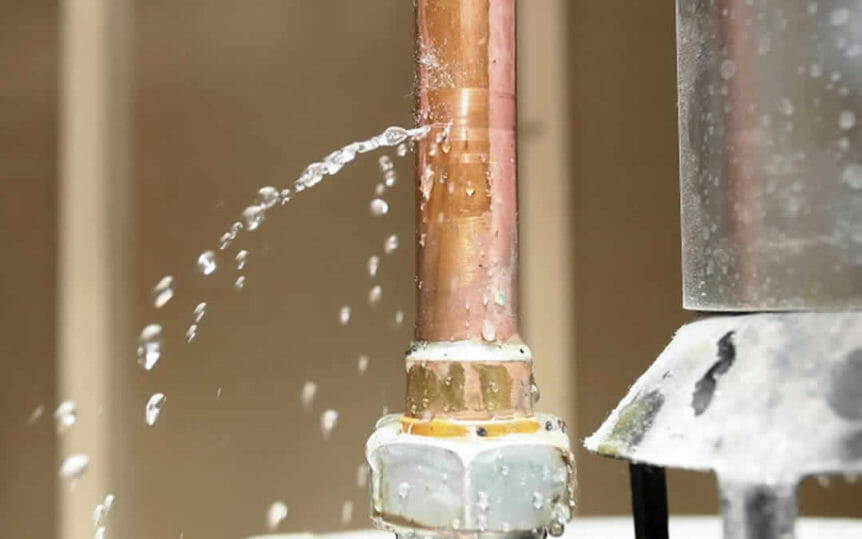

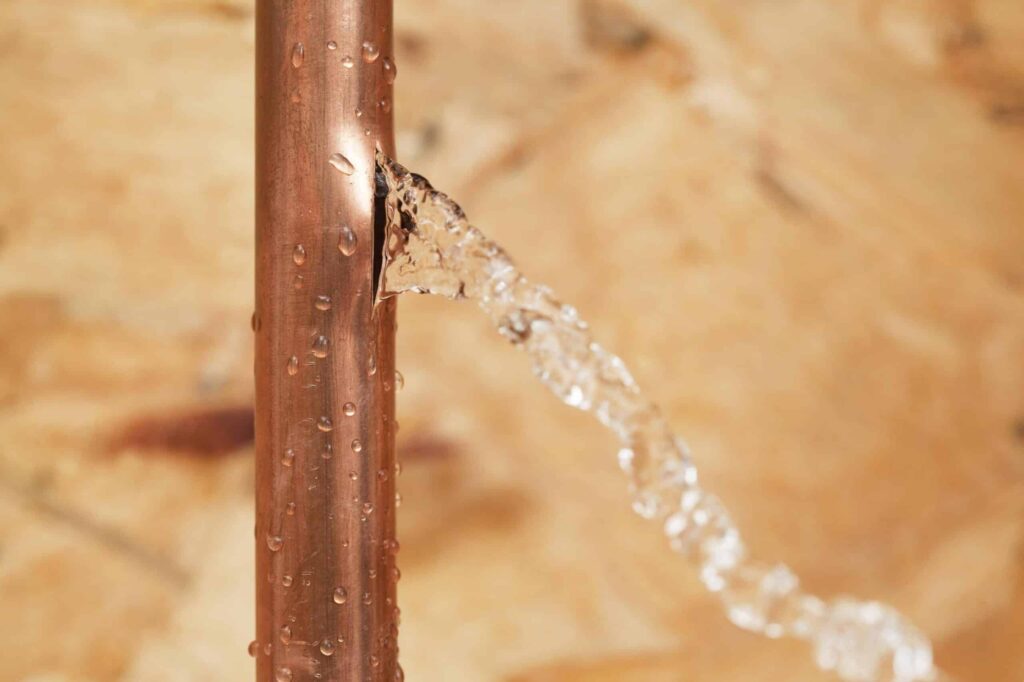

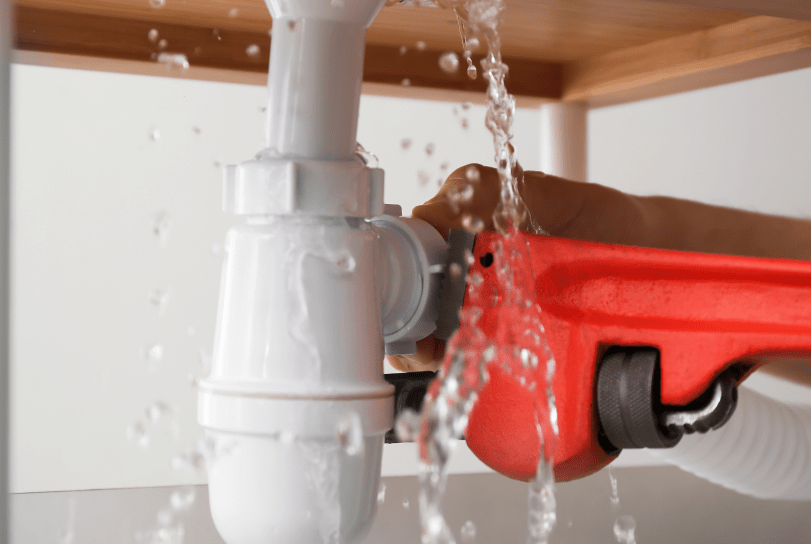

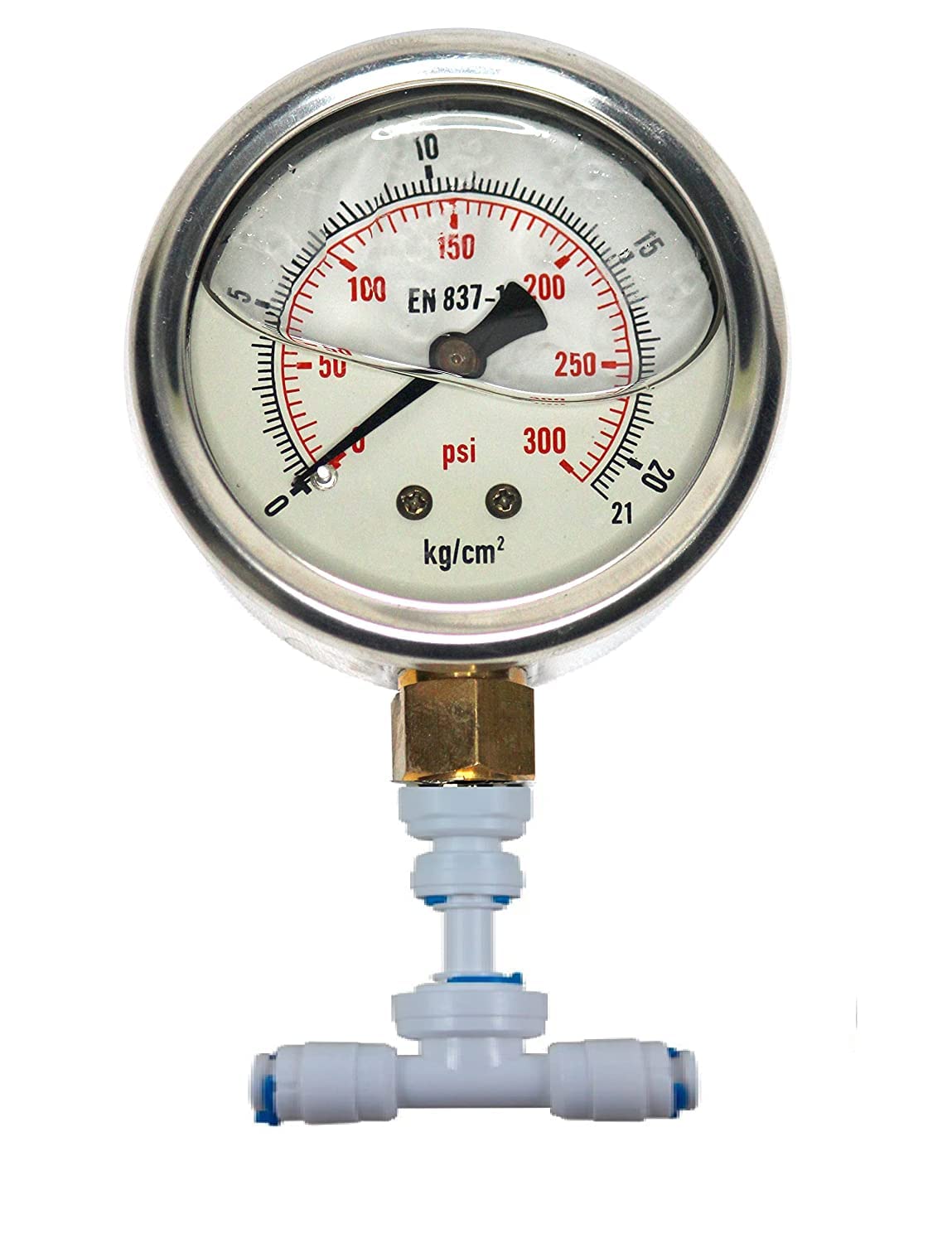




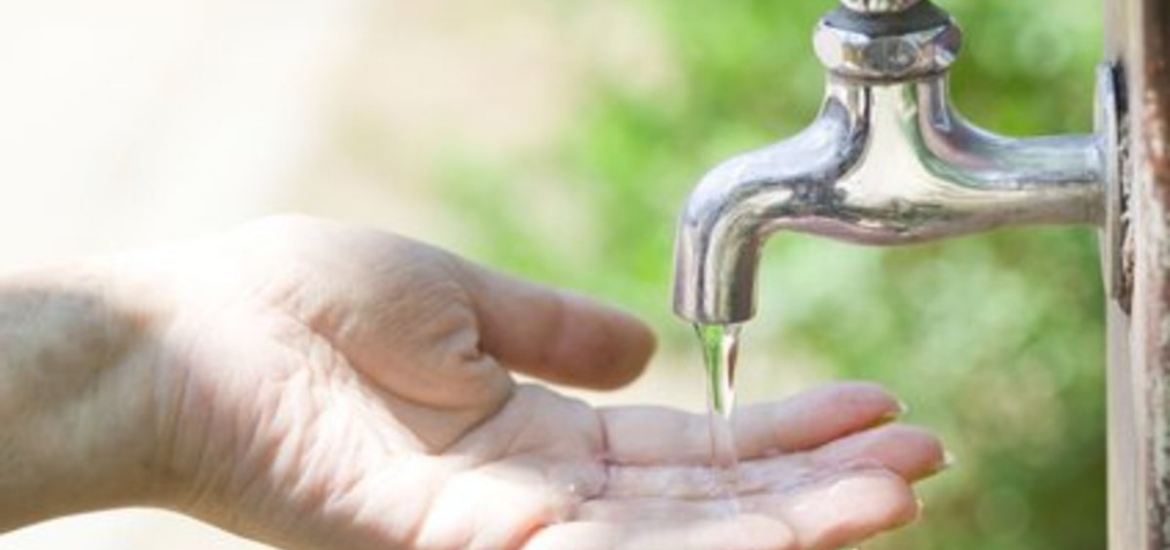


:max_bytes(150000):strip_icc()/testing-water-pressure-in-your-home-2718692-04-c37ab3236d0d4b61b87079ebf9ef823e-c1e1ef0104fb44778a287bd9bb5ec140.jpeg)
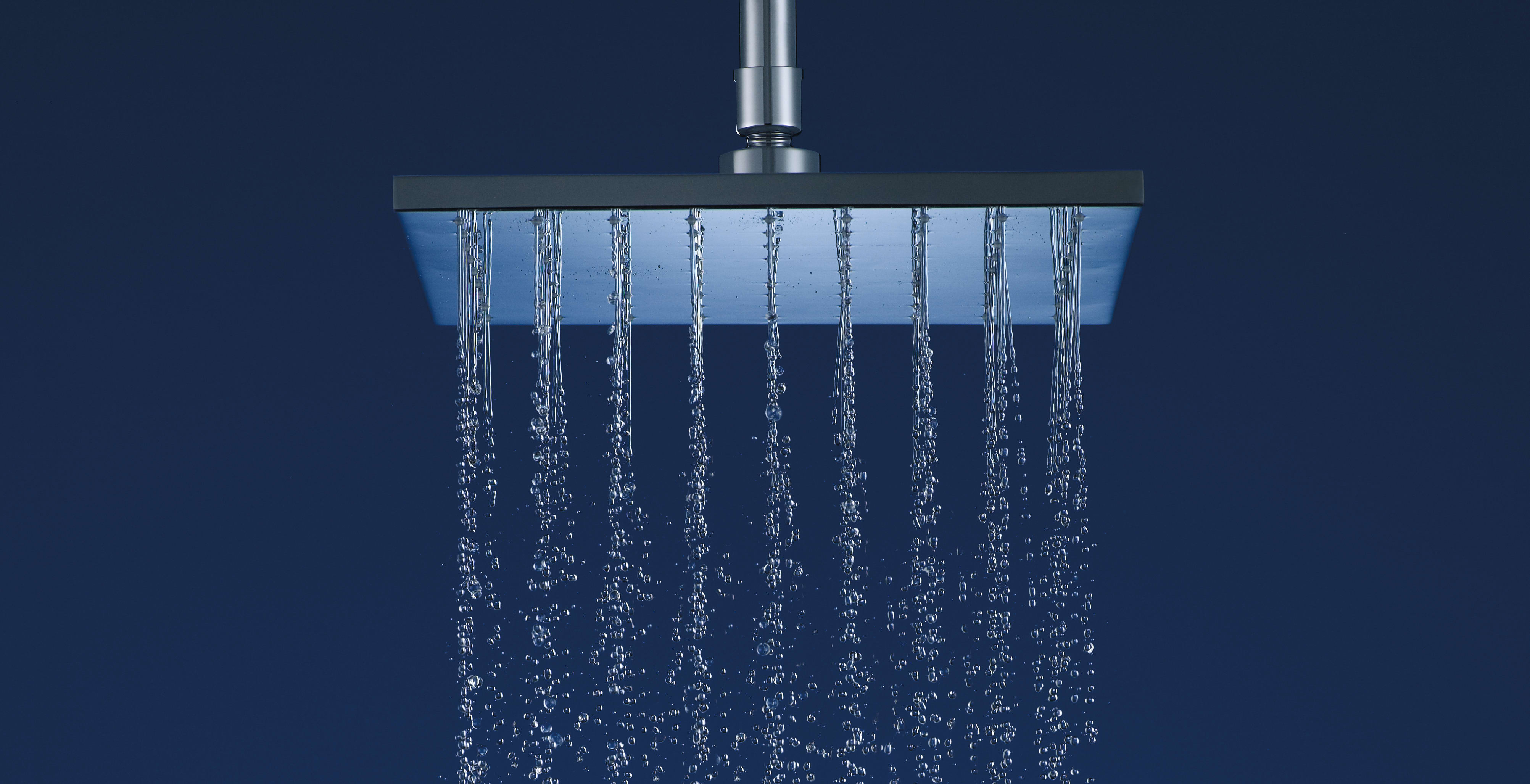



:max_bytes(150000):strip_icc()/faulty-kitchen-faucet-140358503-5840b9c43df78c02309d3c30.jpg)



